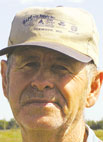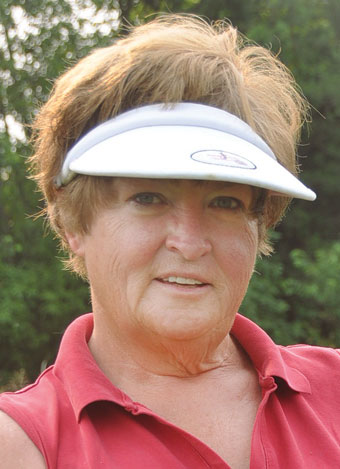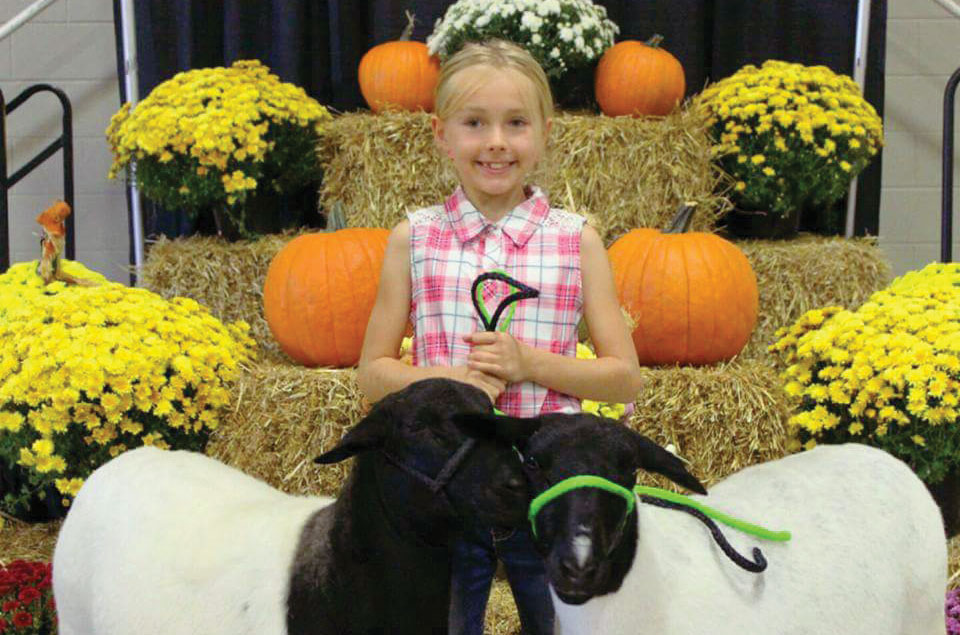
In December 2005, when Ron Scott retired as ranch manager from Wildwood Ranch and the ranch's gate closed for good, he started his own ranch. A friend asked him what he was going to name his new place. The friend suggested that he didn’t need a catchy name on a flashy sign; all he needed to do was to let people know who raised the cattle. So today, the sign on Ron’s gate simply states “Ron and Linda Scott, Registered Herefords, Quality Breeding Stock.” And that says it all.
Ron has worked with Herefords for over 46 years. “After all the time I have spent with Herefords, I wouldn’t want to be with anything else,” Ron said. A lifetime of experience with the breed has made Ron Scott a respected expert, and his reputation speaks for the animals he raises and sells. Ron’s long association with Herefords goes all the way back to a 4-H leader who lived down the road. His history with showing cattle goes back almost as far.
Ron reminisced about showing an Angus calf when he was still in 4-H. He did not excel at the local level, but he worked hard with his animal and took it to the Kansas Junior Livestock Show in Wichita. At Wichita, he beat several of the animals that had bested him at the local level, and took home Reserve Grand Champion at the show. The winner of the show was a Hereford. “That’s when the bug bit me,” Ron said.
He has shown cattle for most of his former employers and enjoys doing it now on his own. He stated, “I love the competition.” Ron also enjoys getting a chance to talk with buyers at the shows and has many repeat customers. He said that at some shows, he is on his feet the entire day talking with people about his cattle, but occasionally eager customers have snatched up all his cattle before the show even starts.
“When I was in college, Hereford was king, everyone wanted them,” Ron said. He graduated from Kansas State in 1963 with a degree in Animal Science, and has been working on ranches basically ever since. Now that he is retired, he still works on a ranch. He and his wife, Linda, own 160 acres east of Lamar, Mo., and have it at carrying capacity. He has no plans for a bigger operation because he says, “If I expanded, it wouldn’t be retirement.”
Though the breed has drifted in and out of public favor over the years, Ron believes that this is a good time for the Hereford breed. He frequently has trouble supplying enough breeding-age bulls as quickly as customers want. He partially attributes that to the Certified Hereford Beef program that is now being promoted. He also says that many buyers like the white face of a Hereford calf. He has sold Hereford bulls to Angus producers who feel that “black baldy” calves consistently sell near the top of the market, and he has sold many Hereford bulls to producers who have mostly crossbred animals.
“With so many cross-breeds, a Hereford bull will put a white face or a mottled face (on a calf), so at least some parentage is known, and that appeals to buyers,” Ron said. He said that Herefords also have always been known for their good dispositions and their ability to be good foragers in the pasture and efficient gainers in the feedlots. The cows often have good mothering ability, they breed back quickly and calve on time, and they are able to stay in good shape. Though Ron remembers a time when Herefords were not known as good milkers, breeders like him have worked hard to bring up the average milk production.
Ron has spent the last few years building his herd and his reputation for good quality bulls, but as his pasture reaches carrying capacity and he replaces his older cows, he plans to have replacement heifers available as well. Ron doesn’t use fancy sales gimmicks or trendy techniques; he just uses his life-long experience to raise quality cattle.







